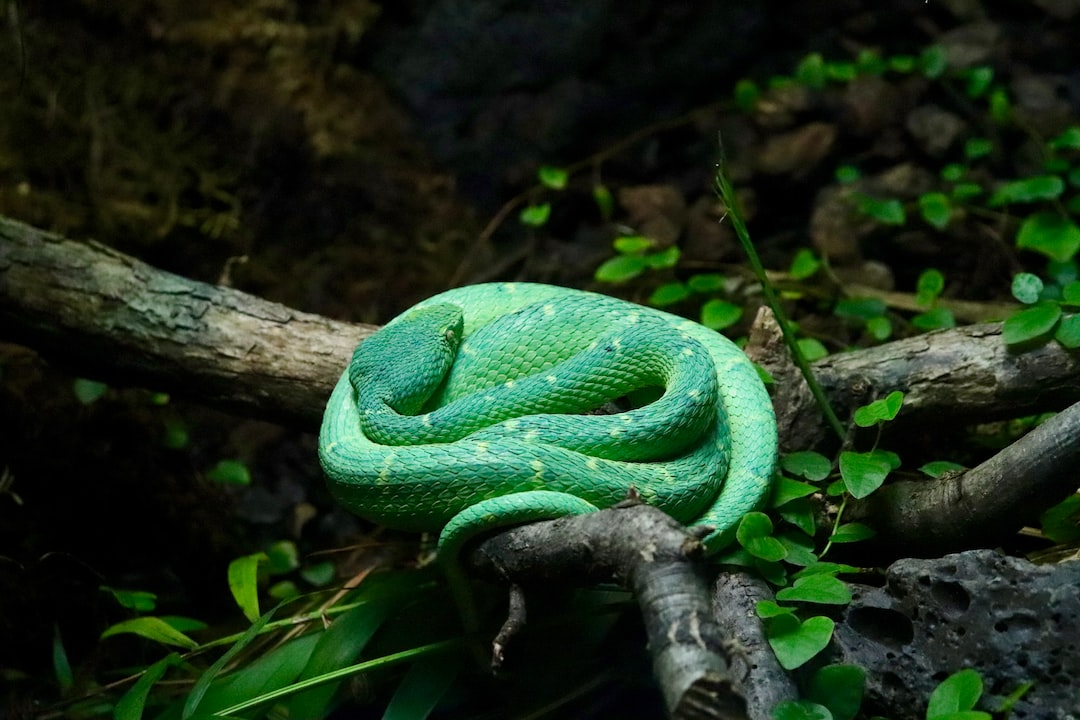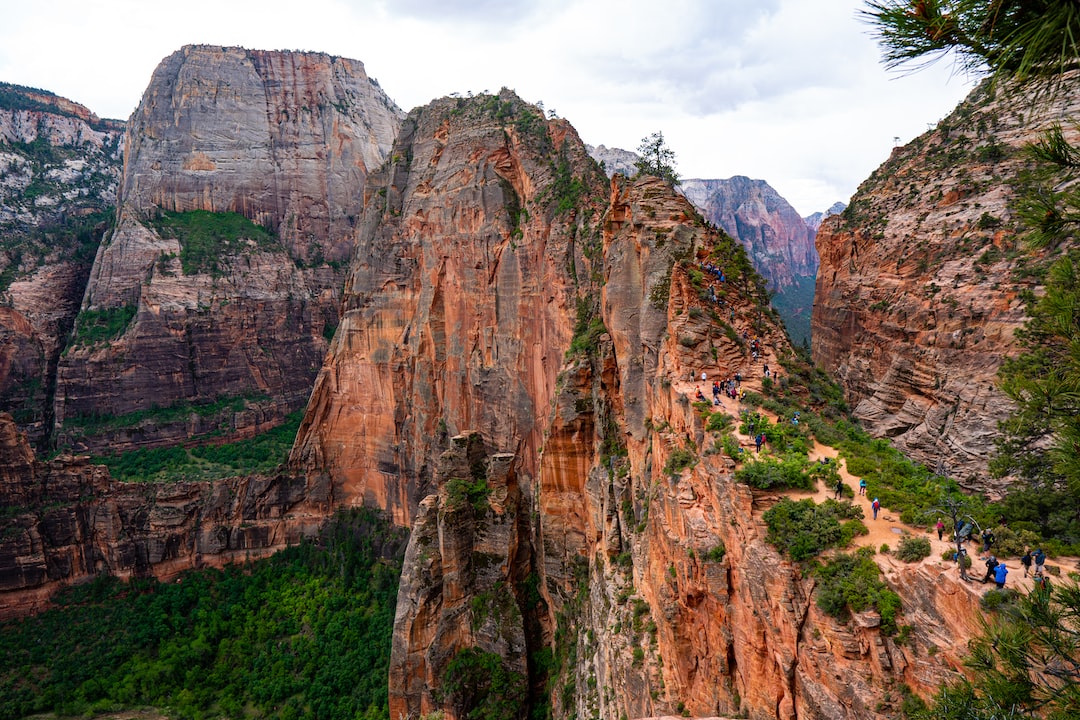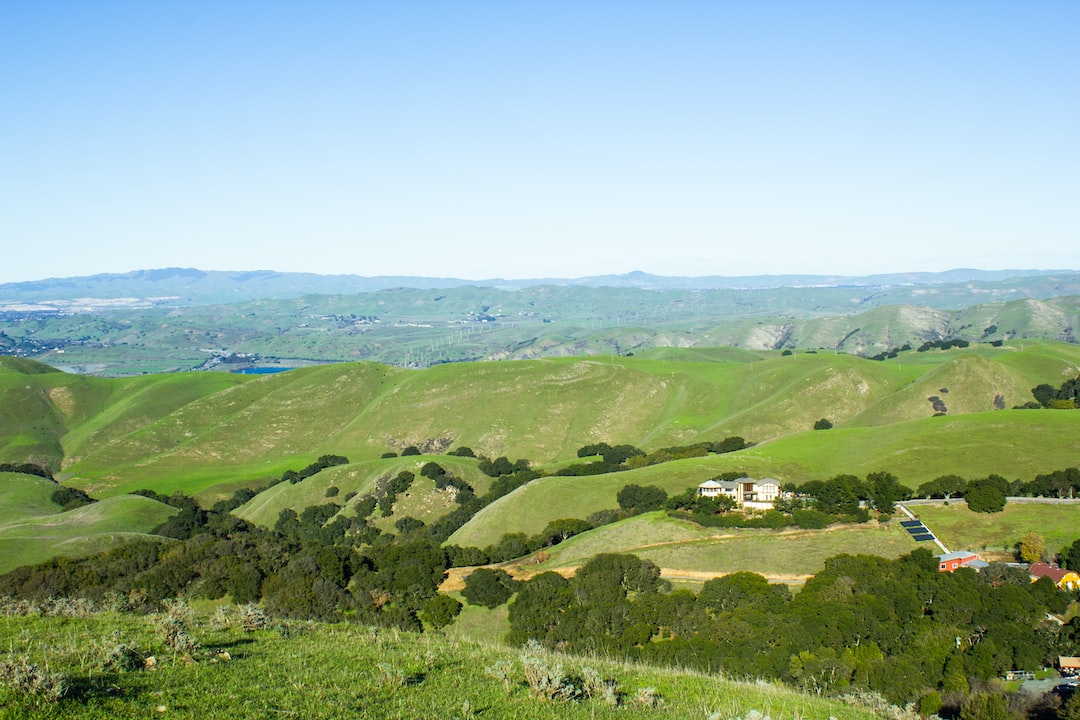Few things can ruin a hiking trip quite like an encounter with a venomous snake. While many snakes are harmless and even beneficial to the local ecosystem, a snake bite can quickly become a dangerous and life-threatening situation. Hikers, who are constantly exploring new paths and interacting with nature, must always be aware of their surroundings and prioritize safety in order to minimize the risk of a snake bite. In this article, we will examine various precautionary measures to help you stay snake-bite free on your next hiking adventure.
To prevent snake bites while hiking, stick to well-trodden paths, avoid tall grass, and rocks where snakes might hide. Wear long pants and sturdy boots, use a trekking pole to probe the ground, and be aware of your surroundings. In snake-prone areas, follow extra precautions like avoiding sandals and walking during daytime hours only.
Why is it important to be aware of snake habitats?
Snakes can be found in a wide range of ecosystems, such as grasslands, forests, swamps, and deserts. By understanding the preferred habitat of different snake species, you can better prepare for your hike and avoid the likelihood of encountering a venomous snake.
Further, certain types of snakes are more likely to be present in specific geographical areas. For example, rattlesnakes are more commonly found in the arid southwestern United States, while the copperhead snake may be encountered in eastern deciduous forests. Gaining a basic understanding of the local snake species and their preferred habitats is essential when planning your hike.
How can you reduce the risk of a snake bite while hiking?
Several precautions can be taken to reduce the risk of encountering a snake and getting bitten during a hike. These precautionary measures require attentiveness, proper gear, and understanding of snake behavior.
1. Stick to well-trodden paths
In my experience, snakes are less likely to be found on frequently traveled trails. When you step off the path, you may be unintentionally entering a snake’s territory, which increases your chances of an encounter. Staying on the trail reduces the likelihood of a snake bite and also helps protect the wildlife and ecosystems in the area.
2. Be alert and use your senses
While hiking, pay close attention to your surroundings. Look out for potential snake hiding spots, such as logs, rock piles, tall grass, and underbrush. Snakes may also be present near sources of water like streams or ponds. Additionally, be sure to stop and listen for warning signals, such as the telltale rattle of a rattlesnake.
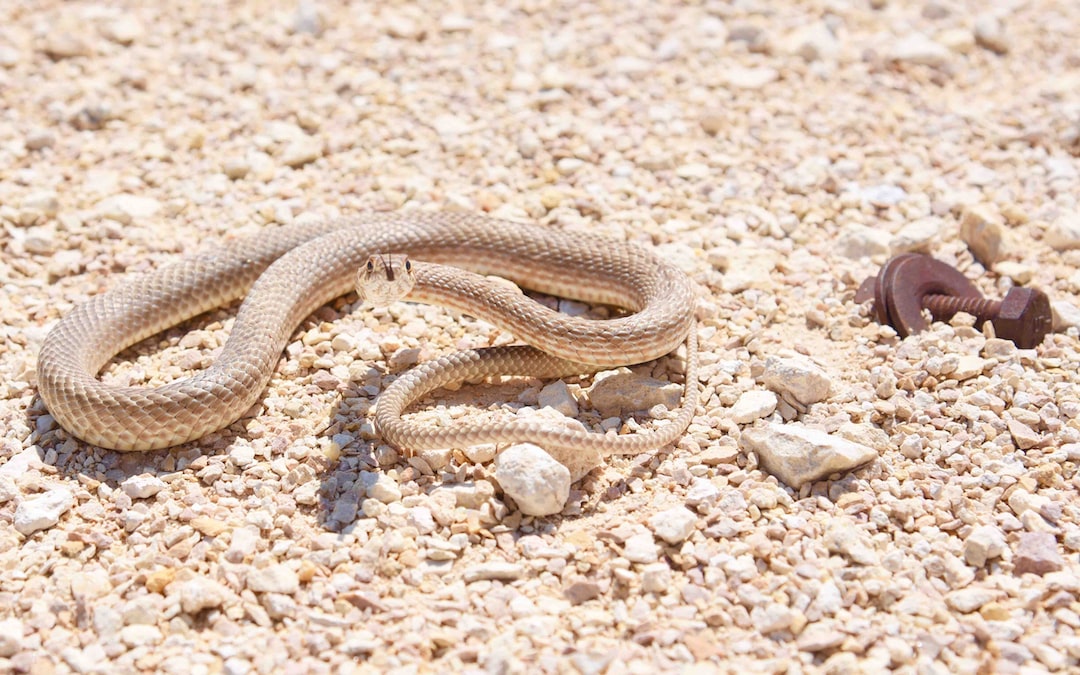
3. Wear appropriate footwear
Wearing sturdy, closed-toe shoes or boots is essential for protecting your feet in case of a snake encounter. For those hiking in high-risk snake areas or during snake mating season, consider investing in snake gaiters or snake-proof boots, which provide an extra layer of protection.
4. Use a walking stick
Carrying a walking stick can serve multiple purposes in preventing snake bites while hiking. First, it can be used to help you maintain balance and reduce the risk of accidentally stepping on a snake. Second, you can use the walking stick to gently probe the ground and bushes ahead of you, potentially alerting a snake to your presence and encouraging it to retreat.
5. Avoid putting your hands where you cannot see
While hiking, it can be tempting to reach for attractive rocks, plants, or other interesting objects. However, doing so may inadvertently put your hand too close to a snake that is well-camouflaged or hiding. Instead, use your walking stick to move items or carefully assess the area before reaching out with your hands. Remember that snakes can easily blend in with their surroundings, so always exercise caution.
6. Be extra careful when crossing logs and rocks
Snakes often hide under logs, large rocks, or other debris to seek shelter from extreme temperatures or to hide from predators. When stepping over logs or rocks, take a few extra seconds to check for any snake activity. If possible, step onto the log or rock rather than directly over it, as this might give you more reaction time if a snake is present on the other side.
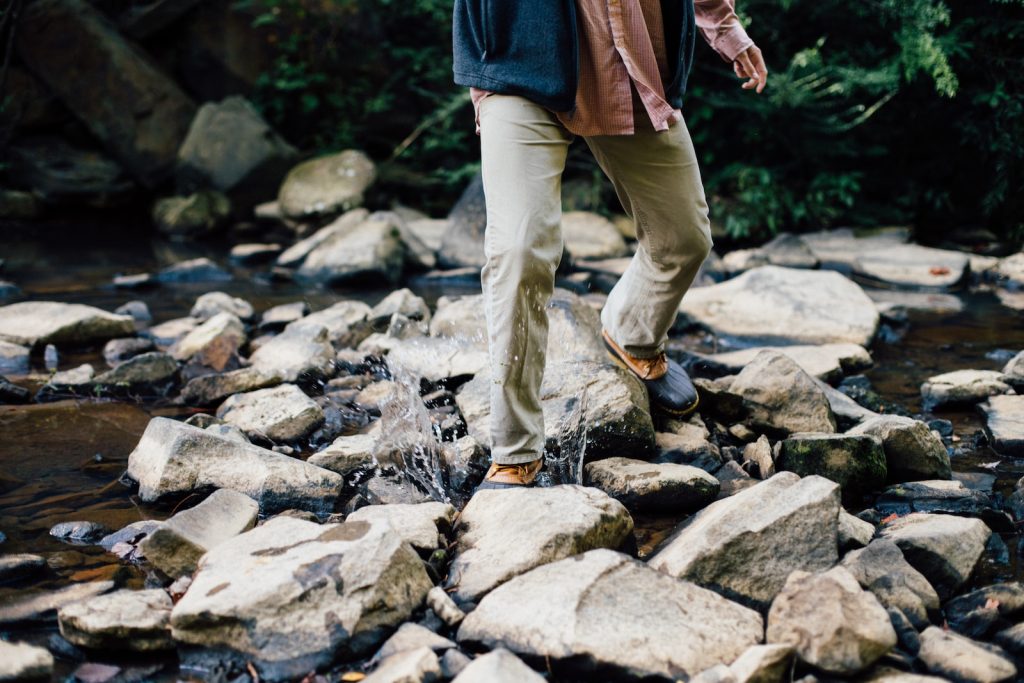
7. Keep your campsite clean and organized
If you are camping during your hike, maintain a clean and organized campsite to prevent attraction to wildlife, including snakes. Dispose of food waste and trash properly, and avoid leaving items strewn around your campsite that may provide shelter for snakes. Finally, consider setting up camp in open, elevated areas away from tall vegetation or logs where snakes are more likely to hide.
8. Respect snakes and keep your distance
In the event that you encounter a snake on the trail, remember to give it plenty of space and avoid any direct contact. Most snakes will not become aggressive unless they feel threatened, so maintain your distance and allow the snake to move away on its own. Never attempt to pick up or handle a snake, as this can easily result in a bite.
9. Educate yourself about snake behavior and first-aid
Before embarking on your hike, familiarize yourself with the habits and behaviors of snakes native to the area. Knowing how to identify venomous snakes can help you respond appropriately if you encounter one on the trail. Additionally, be prepared for emergencies by educating yourself on basic snake bite first-aid procedures, and carry a well-stocked first-aid kit with you during your hike.
10. Hike with a buddy
Hiking with a partner is not only more enjoyable but also safer in the event of a snake bite. Having someone with you can help to keep you calm, administer first-aid, and call for help if needed. Make sure that both you and your hiking partner know the proper procedures for dealing with a snake bite, and always carry a form of communication, like a cell phone or a whistle, to signal for help in case of an emergency.
By following these safety tips and being vigilant on the trail, you can minimize your risk of encountering a snake or suffering a snake bite while hiking. However, it is crucial to remain prepared and educated about the local wildlife and habitats, and know how to respond in case of an emergency. With the proper precautions in place, you can fully enjoy the beauty and adventure that hiking has to offer. Happy trails!
Understanding Seasonal Snake Activity
Snakes, as cold-blooded creatures, are sensitive to changes in temperature and climate. Therefore, understanding their seasonal activity can help you take necessary precautions while hiking in different seasons.
1. Spring and Fall: Active and Mating Seasons
During the spring and fall months, snakes tend to be more active in search of food and mates. Be extra vigilant during these times, as the likelihood of encountering snakes is higher. Keep in mind that younger, smaller snakes may be hard to spot, so always remain cautious even if you don’t see any large snakes.
2. Summer: Seeking Shelter in the Heat
During the hot summer months, snakes may seek shelter from the intense heat. This means you may find them hiding under rocks, logs, or in shady areas. When hiking during summer, it is crucial to pay extra attention when exploring these potential hiding spots. It’s also wise to hike in the cooler hours of the day when snake activity may be diminished.
3. Winter: Brumation and Inactivity
Snakes tend to be less active during the winter months, as many species undergo brumation – a hibernation-like state. While your chances of encountering a snake may be reduced in colder weather, it’s still necessary to keep your guard up and take other precautions, as some snakes may still be active in milder winter conditions.
Snack Safe!
Human food and trash can attract rodents, which in turn can attract snakes seeking a meal. By managing your food and waste properly, you can reduce the chance of attracting snakes to your campsite or rest areas.
1. Store food properly
Keep all food items in airtight containers or bags and store them away from your sleeping area to prevent the scent from attracting rodents or other animals, including snakes.
2. Dispose of trash wisely
Ensure that all trash, especially food waste, is securely stored and disposed of in designated areas. Never leave trash near your sleeping area or near the trail, as this can attract unwanted wildlife.
Dealing with a Snake Bite
Despite taking all necessary precautions, there is still a small chance that you may be bitten by a snake while hiking. Knowing how to react properly in case of a snake bite can make all the difference in reducing the severity of the injury.
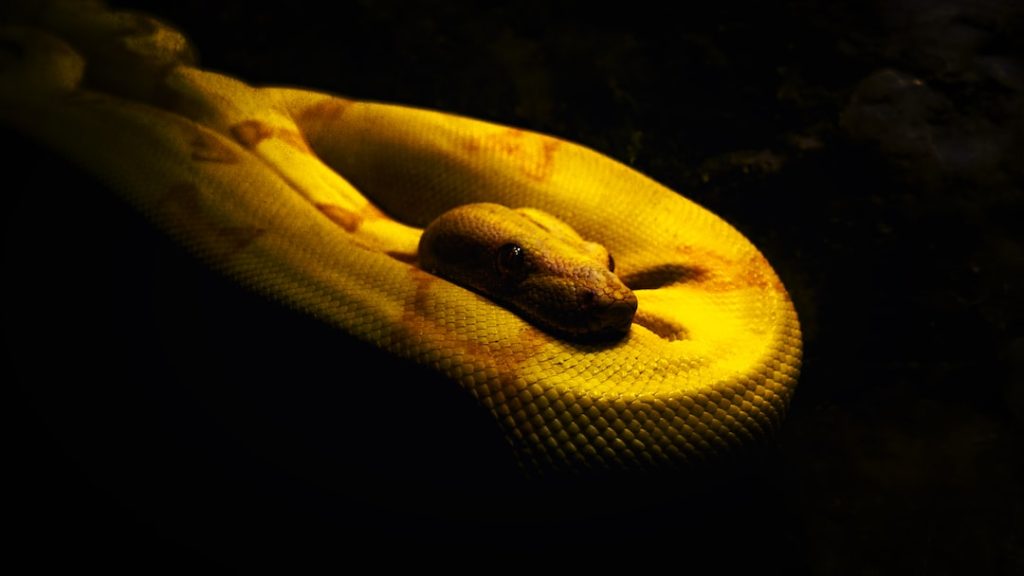
1. Stay calm and immobilize the affected limb
If you are bitten, try to remain as calm as possible, as increased heart rate can cause the venom to spread more rapidly through your bloodstream. If the bite is on an arm or a leg, keep the affected limb immobilized and at or below the level of your heart to minimize venom circulation.
2. Remove any constricting items
Remove any tight clothing, jewelry, or other constricting items from the affected area, as swelling may rapidly occur following a snake bite.
3. Don’t try to suck out the venom or cut the bite
Contrary to popular belief, attempting to suck out the venom or cut the bite area is not effective and may actually cause more harm. These methods can introduce bacteria, increase the risk of infection, or cause further damage to the affected tissue.
4. Seek medical assistance immediately
Time is of the essence when dealing with a snake bite. Call for help, and if possible, try to remember the color and shape of the snake to help medical professionals determine the appropriate treatment. Don’t wait for symptoms to appear, as this can be life-threatening. Get to the nearest medical facility as quickly and safely as possible.
While you can never completely eliminate the risk of encountering a snake or suffering a snake bite while hiking, being informed and prepared is the best way to ensure a safe and enjoyable trek. By familiarizing yourself with local snake species, their habitats, and behaviors, and taking precautionary measures, you can effectively minimize your chance of a dangerous snake encounter during your outdoor adventures.

